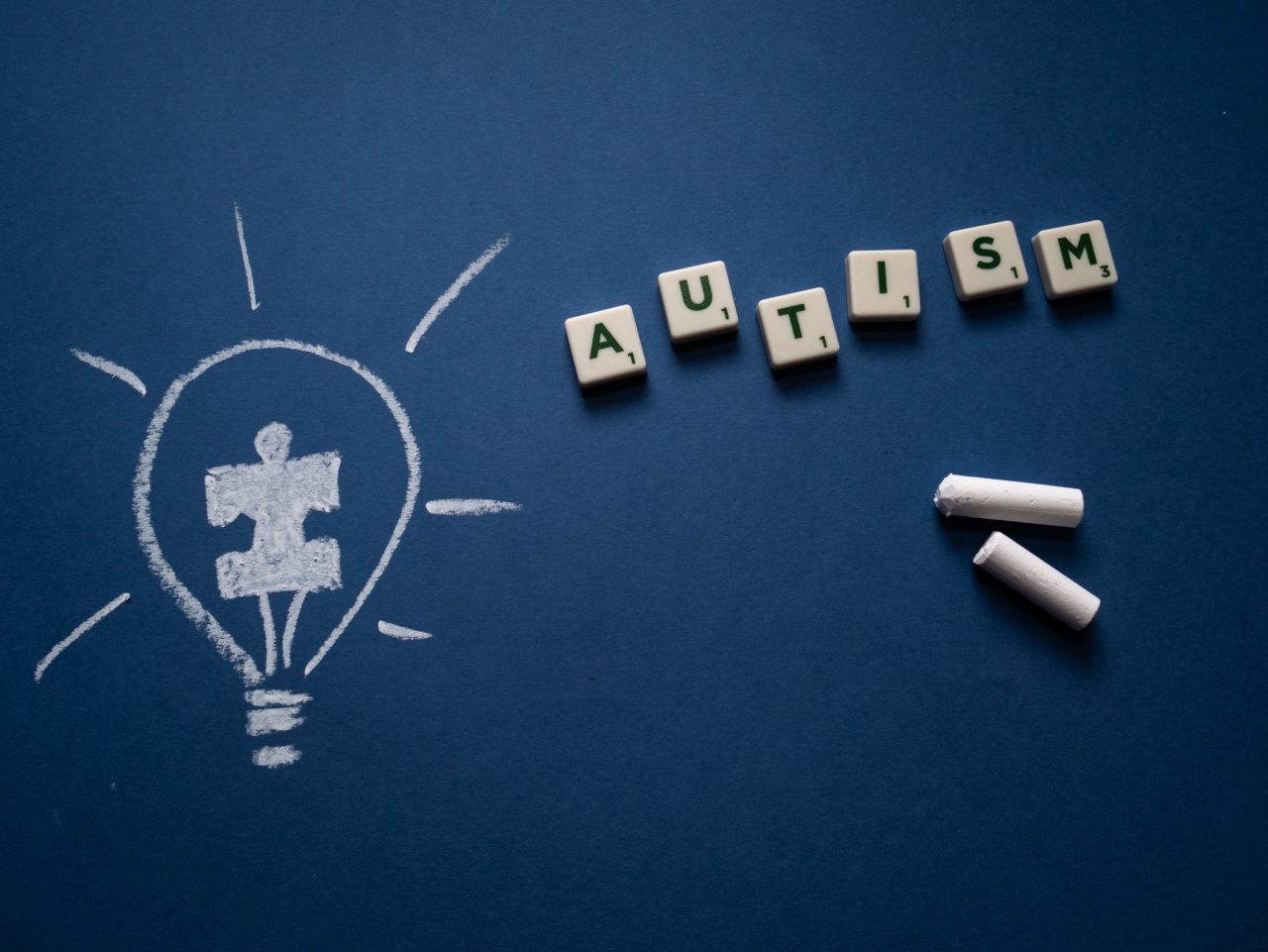Autism Spectrum Disorders (ASD) are neurodevelopmental conditions that affect communication, social interaction, and behavior.
ASD affects approximately 1 in every 68 children in the United States, according to the Centers for Disease Control and Prevention (CDC). While there is no known cure for ASD, stem cell research has opened up new possibilities for the treatment of this disorder. This article highlights the latest stem cell innovations for ASD treatment.
What are Stem Cells?
Stem cells are cells that have the unique ability to differentiate into various types of cells in the body. These cells can transform into specialized cells such as skin, muscle, and bone cells, as well as blood cells and brain cells.
Stem cells can either be obtained from adult tissues and organs or embryonic tissues and cells.
The Role of Stem Cells in Autism Spectrum Disorders
The use of stem cells in ASD treatment has opened up new possibilities due to their extraordinary capacity for differentiation and regeneration.
Stem cells can help regenerate damaged neurons in the brain that are responsible for ASD symptoms such as social and communication impairments, repetitive behaviors, and sensory issues. Stem cells can also modulate the immune system’s response to inflammation and regulate the production of neurotransmitters, which can help improve brain function and communication.
Types of Stem Cells Used in ASD Treatment
There are several types of stem cells used in ASD treatment:.
- Embryonic Stem Cells: Embryonic stem cells have the highest potential for differentiation. They can transform into any type of cell in the body. However, the use of embryonic stem cells is controversial due to ethical concerns.
- Induced Pluripotent Stem Cells: Induced Pluripotent Stem Cells (iPSCs) are adult cells that are reprogrammed to become pluripotent. This means they have the ability to differentiate into any type of cell in the body. iPSCs are derived from skin cells, blood cells, and other types of adult cells.
- Mesenchymal Stem Cells: Mesenchymal Stem Cells (MSCs) are cells that are found in various parts of the body such as bone marrow, adipose tissue, and umbilical cord tissue. MSCs have anti-inflammatory properties and can differentiate into a variety of cell types, including neurons.
Stem Cell Therapy for Autism Spectrum Disorders
Stem cell therapy for ASD involves the injection of stem cells into the patient’s body. The stem cells can differentiate into neurons and other brain cells, helping to improve neural communication and function.
The stem cells can also modulate the immune system’s response to inflammation, which is a common feature of ASD.
1. Umbilical Cord Stem Cells
Umbilical Cord Stem Cells (UCSCs) have been used in several clinical trials for the treatment of ASD. UCSCs have anti-inflammatory and immunomodulatory properties that can help reduce inflammation in the brain.
A clinical trial conducted in China showed positive results in children with ASD who received UCSC therapy. The treatment led to significant improvement in language and social skills.
2. Bone Marrow Stem Cells
Bone marrow stem cells have been used in several clinical trials for the treatment of ASD. These stem cells have the capacity to differentiate into several types of cells, including neurons.
In a clinical trial conducted in India, children with ASD who received bone marrow stem cell therapy showed significant improvement in social and communication skills.
3. Adipose Tissue Stem Cells
Adipose Tissue Stem Cells (ATSCs) have been studied for their potential use in the treatment of ASD. ATSCs are easy to obtain and have the capacity to differentiate into several types of cells, including neurons.
In a preclinical study, ATSCs improved social and communication skills in an ASD mouse model. The study showed that the stem cells improved neurotransmitter activity in the brain, leading to improved behavior and cognition.
Challenges in Stem Cell Therapy for Autism Spectrum Disorders
While stem cell therapy for ASD has shown promising results, there are several challenges that need to be addressed:.
- Standardization of Protocols: There is a lack of standardization in stem cell therapy protocols. More research is needed to establish best practices and protocols for ASD treatment.
- Long-term Safety: The long-term safety of stem cell therapy for ASD is not yet fully understood. More research is needed to establish the long-term safety profile of stem cell therapy.
- Ethical Concerns: The use of embryonic stem cells is controversial due to ethical concerns. More research is needed to find ethical alternatives to embryonic stem cell therapy.
Conclusion
Stem cell therapy has the potential to revolutionize the treatment of Autism Spectrum Disorders.
Stem cells can regenerate damaged neurons in the brain, modulate the immune system’s response to inflammation, and improve brain function and communication. While more research is needed to address challenges such as standardization and long-term safety, stem cell therapy for ASD shows promising results and represents a promising avenue for the treatment of this disorder.






























